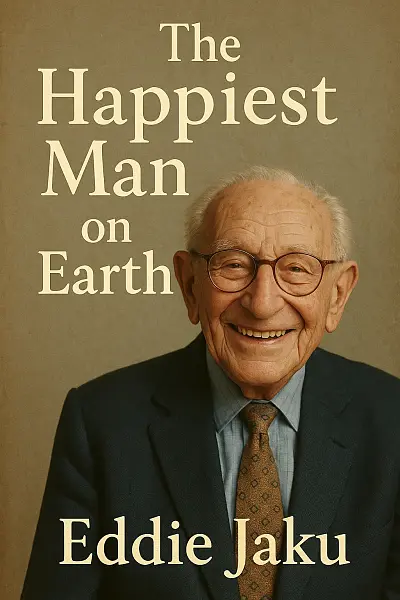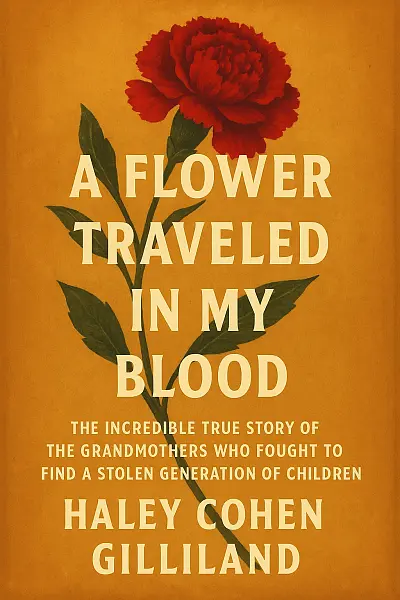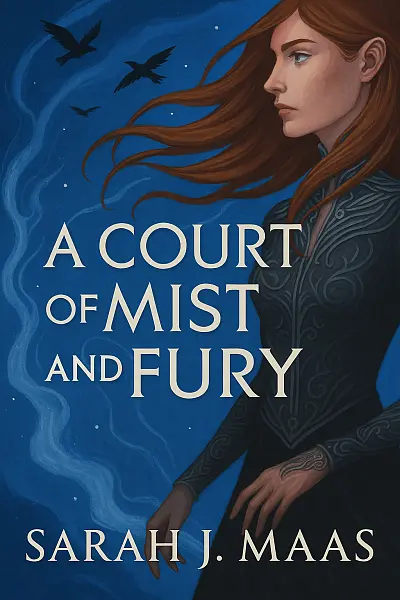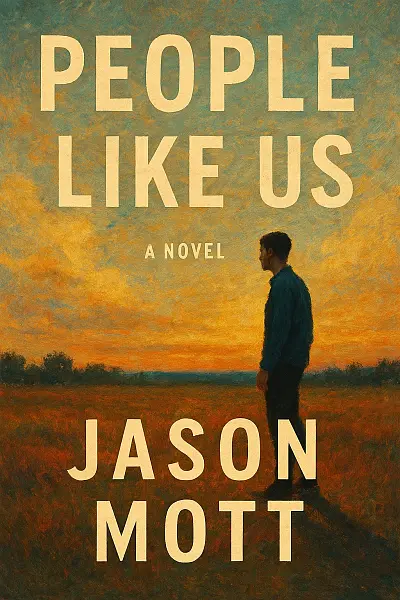
Ghosts of Hiroshima
Tsutomu Yamaguchi is just a young naval engineer in Hiroshima, anxious to see his family after a routine business trip. Suddenly, a blinding flash shatters the morning—a moment that redefines what it means to survive and inflicts unimaginable tragedy upon an entire city.
Forced to endure not one, but two atomic bombings, Yamaguchi faces the unimaginable: clinging to hope in a world that’s been turned to ash. His story—alongside voices from stunned survivors and haunted witnesses—dives right into the rawest questions: can humanity ever reckon with the cost of its own inventions?
Pellegrino’s immersive, cinematic style puts you right at ground zero, steeped in sensory detail and heavy with emotion. It’s intimate, wrenching, and will leave you wondering what it means to endure—and whether wisdom can possibly arise from such devastation.
"“In the lingering echoes of devastation, remembrance becomes both a burden and a necessary light for the generations that follow.”"
Literary Analysis
Writing Style
Atmosphere:
- Pellegrino crafts an achingly vivid sense of aftermath—every page is steeped in haunting melancholy and a kind of spectral reverence.
- The mood frequently shifts between chilling documentary realism and a suffocating eeriness, immersing you in both the physical devastation and the lingering spiritual trauma.
- Expect a constant undercurrent of moral gravity, with Hiroshima’s ghosts felt everywhere—in every silence, every shadowed memory, every ash-covered street.
Prose Style:
- The writing oscillates between intensely lyrical and brutally straightforward.
- Pellegrino often employs stark, sensory detail—a charred shoe, a silent street, a trembling survivor—delivering moments that feel raw and unfiltered.
- He isn’t afraid to juxtapose poetic flourishes with cold, clinical observation, making the beauty hit harder and the horror sting sharper.
- Dialogue is sparse but purposeful, every word selected for emotional resonance.
Pacing:
- The book unfolds with a meditative, deliberate tempo—there’s no rush, just waves of revelation and reflection.
- Expect the narrative to meander at times, dwelling on personal testimonies, then snapping back to historical context or visceral imagery.
- The slower pace gives weight to every anecdote but may test those craving constant momentum.
Character Development:
- Real survivors and witnesses are painted with deep empathy, each testimony rendered with respect for individual suffering and complexity.
- Rather than traditional arcs, characters are defined by small, revelatory moments—fragments of memory and emotional truths rather than tidy resolutions.
- Their humanity is always front and center, resisting easy classification as hero or victim.
Thematic Depth:
- Heavy on moral inquiry—expect constant questions about memory, culpability, trauma, and the possibility of redemption.
- The book leans hard into the gray areas; there’s little comfort or closure, just the rawness of loss and the ghostly persistence of memory.
- Science, history, and spirituality overlap in unexpected ways, inviting you to ponder what lingers after devastation—physically and emotionally.
Overall Feel:
- Prepare for a profoundly immersive and unsettling experience, more contemplative than sensational, more somber than action-packed.
- If you value richly textured atmosphere and a reflective, unflinching approach to real-life tragedy, Pellegrino’s style is likely to leave a deep, lingering impression.
Key Takeaways
- Atomic aftermath seen through the eyes of a child
- Ghostly presences blending memory and guilt into hallucinatory reality
- Unflinching scenes of destruction that linger long after the page
- Hauntingly detailed forensic re-creations—science as a witness to tragedy
- Rusted artifacts and lost letters tying generations together in unexpected ways
- A chorus of voices—survivors, soldiers, spirits—colliding in surreal dialog
- Moments of grace amid devastation: hope flickering at the world’s edge
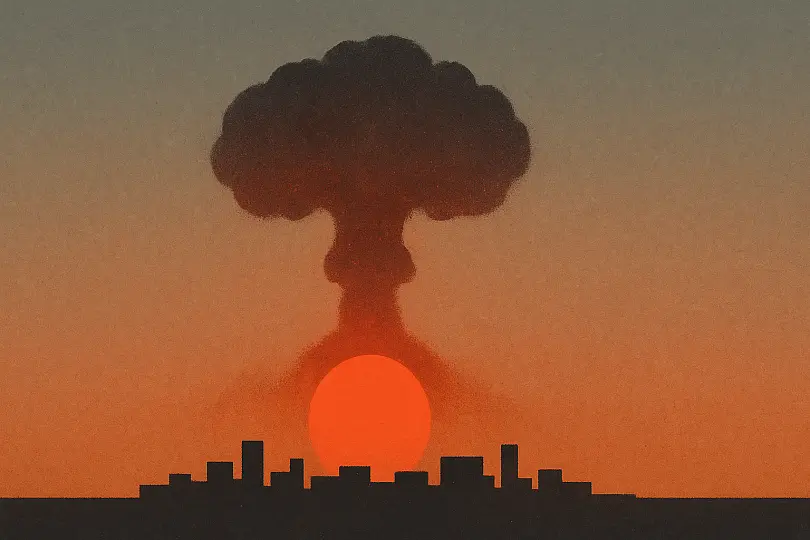
Witness Hiroshima’s aftermath—survivors’ voices defy erasure.
Reader Insights
Who Should Read This
If you’re into thought-provoking nonfiction that digs deep into history and personal stories, Ghosts of Hiroshima will probably hit you right in the feels. Seriously, this one’s for:
- History buffs who love uncovering lesser-known truths about WWII, especially the human side of major events. If you devour stories like Hiroshima by John Hersey or watch documentaries about Japan during the war, you’ll find Pellegrino’s detail and empathy super engaging.
- Fans of real-life accounts—this isn’t just dates and facts, it’s packed with firsthand testimonies and haunting, intimate moments that stick with you.
- People who appreciate a bit of science and moral questioning mixed in with their history. Pellegrino doesn’t just recount events—he questions why and how they still matter today.
That being said, I’d say pass if:
- You’re looking for light, feel-good reading. This one dives into some heavy, pretty haunting territory and definitely doesn’t hold back on the emotional punch.
- You prefer fast-paced narratives or traditional “action” war stories—this is more about reflection, aftermath, and the lives affected rather than battlefield drama.
- If you find intricate historical detail overwhelming, or non-linear storytelling frustrates you, this book might feel slow or even a bit much at times.
In short: If you like your nonfiction with a side of empathy and aren’t afraid of the tough questions, Ghosts of Hiroshima will pull you in. But if you’re just after an easy, upbeat page-turner, this probably isn’t your vibe.
Story Overview
Set in the haunting aftermath of World War II, Ghosts of Hiroshima follows a team of scientists and survivors grappling with the lingering shadows of the atomic bomb.
As they unravel the mysteries left behind in the devastated city, they confront both the physical consequences of nuclear devastation and the impossible-to-ignore presence of those whose lives were forever changed.
The story weaves together suspense, history, and a touch of the supernatural, creating a chilling journey where memory and reality collide in unforgettable ways.
Main Characters
-
Dr. Masako Sakata: A thoughtful Japanese survivor haunted by memories of Hiroshima, she serves as a moral anchor, grappling with the aftermath and seeking understanding across cultures.
-
Tomiko Okazaki: A resilient young woman whose journey exposes the personal cost of war; her courage and vulnerability illuminate the story’s emotional core.
-
Lt. Commander Fred Olivi: A conflicted American airman involved in dropping the bomb, wrestling with guilt and the enormity of his actions as he reflects on his role in history.
-
Father Wilhelm Kleinsorge: A compassionate German priest who becomes a pillar within the Hiroshima survivor community, embodying both faith and human perseverance amidst chaos.
-
Dr. Akira Watanabe: A dedicated scientist determined to help his city recover—his dedication illustrates the complexities of survival, guilt, and scientific inquiry in the wake of devastation.
If You Loved This Book
If Ghosts of Hiroshima deeply resonated with you, chances are you'll appreciate the haunting clarity of Hiroshima by John Hersey. Both books delve into the intimate aftermath of the atomic bombing, weaving first-hand accounts with historical narrative; it's similar to watching human stories emerge from the shadows of enormous tragedy. The emotional gravity and empathy in Pellegrino’s work call to mind the storytelling approach in The Things They Carried by Tim O’Brien, where the weight of trauma, memory, and the irreparable scars of war shape every page—yet the revelations arrive subtly, sometimes in a single striking sentence.
Cinematically, the investigative spirit and somber beauty of Ghosts of Hiroshima might remind viewers of Chernobyl (the HBO miniseries), especially in how both pieces unearth personal stories beneath an epoch-defining catastrophe. Pellegrino’s narrative uncovers the lingering spirits—literal and metaphorical—in much the same way Chernobyl gives voice to those lost and those left behind, rendering the incomprehensible feel personal and urgent. The result is a book that feels not just educational but visceral, offering new ways to connect with the enduring consequences of history.
Expert Review
What does it mean to witness the hinge of history as it swings violently—and live long enough to bear its ghostly aftermath? Ghosts of Hiroshima forces us to grapple with humanity’s gravest reckoning: not just the shattering dawn of nuclear warfare, but how we carry its echoes through generations. Pellegrino’s book raises haunting questions about memory, culpability, and survival in the face of almost unimaginable calamity. The result is a narrative that’s less about distant history and more about the urgent, unfinished business of living with our inventions.
Charles Pellegrino’s prose thrums with a chilling immediacy, blending the forensic rigor of a seasoned researcher with the poetic intuition of a novelist. His sentences are muscular, vivid—at times unflinchingly clinical, at others drenched in sensory detail that makes the horror wrenchingly present. Ghosts of Hiroshima unfolds in mosaic-like fragments, darting between perspectives: survivor, engineer, witness, perpetrator. This collage approach bears fruit, making the collective trauma feel deeply personal and inescapable. Pellegrino avoids sentimentality, relying instead on stark, revelatory imagery—molten marbles, incandescent blood, bones laced with glowing poisons—to evoke the scale and intimacy of devastation.
His dialogue tends toward the restrained, allowing silence, haunted recollections, and physical artifacts to “speak.” The pacing is relentless yet measured, each chapter layering context without sacrificing emotional force. While some transitions can feel abrupt, mirroring the chaos of the event itself, the cumulative effect is one of immersion rather than confusion.
At its core, the book is a meditation on the moral adolescence of humankind—our capacity for awe-inspiring creation, and equally, for catastrophic destruction. Pellegrino examines how innocence is vaporized alongside flesh, how the literal dissolution of childhood objects becomes metaphor for the death of collective naiveté. He contends with the seductions of technological progress, exploring the fraught ethics of scientific responsibility through figures like Jacob Beser—who cannot bear to look at Nagasaki after Hiroshima.
Yet, the narrative is never mawkish. Pellegrino foregrounds survivor testimony, exposing how nuclear trauma mutates through decades: radioactive elements lurking in bones, children orphaned for generations, a slow-motion disaster that blurs the lines between past and present. The book probes whether wisdom can meaningfully arise from such ashes, and what “learning from the past” demands of us now, in a world still shadowed by nuclear possibility.
Within the canon of atomic literature—works like John Hersey’s Hiroshima or Ibuse’s Black Rain—Ghosts of Hiroshima distinguishes itself by its forensic specificity and multi-perspective narration. Pellegrino builds on his expertise from Her Name, Titanic, shifting his obsession with lost worlds from the ocean depths to the scorched ground zero of history. Unlike many accounts, he emphasizes radiation’s insidious half-life in bodies and memory, broadening the disaster’s dimensions beyond the initial flash.
If there’s a flaw, it lies in occasional overload: the unrelenting detail and multitude of voices can overwhelm, diluting the narrative’s most intimate moments. Some may crave a tighter focus on individual stories amid the macrocosmic sweep. Still, Pellegrino’s achievement is undeniable—Ghosts of Hiroshima is harrowing, necessary reading, reminding us with artistry and urgency why we cannot afford to forget.
Community Reviews
The way Pellegrino describes the shadows etched on stone freaked me out for days. That one scene, with the outline left behind, just wouldn't let go of my mind. I kept seeing it every time I closed my eyes.
Honestly, I didn’t sleep after reading that scene with the girl and the black rain. Every time I closed my eyes, it replayed. Pellegrino’s details just haunt you, no escape, it lingers.
i can’t get over the scene where the girl clings to her mother’s ashes in the ruins, the raw ache just hit so hard. haunted my thoughts all week, felt realer than my own memories.
I’ll never shake the image of the boy with the melted lunchbox wandering the ruins; that scene hit like a punch and stayed with me for days, haunting my dreams and making me wish I could look away.
there’s this one scene where the shadows are all that’s left and it just sits in your bones. pellegrino paints horror with a tenderness that makes it impossible to look away even when you want to. unforgettable, unsettling, beautifully written.
Cultural Context & Discussion
Local Perspective
Ghosts of Hiroshima by Charles Pellegrino resonates deeply in Japan, evoking parallels with collective memories of Hiroshima, Nagasaki, and postwar reconstruction.
- The book’s exploration of trauma, guilt, and the unseen scars of war aligns with Japanese cultural concepts like mono no aware (the pathos of things) and remembrance traditions.
- Themes of haunting and atonement echo Japan’s literary ghost stories (kaidan) but challenge the usual focus on spiritual acceptance by weaving in Western guilt and reckoning.
- Plot points grappling with foreign intervention and moral ambiguity hit harder in Japan due to long-standing reflections on victimhood, responsibility, and pacifism.
- The focus on personal and communal memory resonates with a society that values historical consciousness, while the Western narrative perspective sometimes clashes with local depictions of the atomic experience.
Overall, Pellegrino’s blend of factual narrative and supernatural echoes both honors and disrupts Japanese literary and cultural traditions, stirring unique emotional responses among Japanese readers.
Points of Discussion
Controversy:
Ghosts of Hiroshima has sparked criticism for alleged factual inaccuracies and dramatic embellishments, with some historians and survivors questioning Pellegrino’s representations of events and survivor testimonies. Additionally, there have been cultural debates about Western authors interpreting and narrating Japanese experiences of the atomic bombing, raising concerns over authenticity and sensitivity.
